ගාල්ල

Historic fort town presiding over the south coast

The historic settlement of Galle is also one of the largest towns on the Sri Lankan south coast, and is famous for its fortified centre, Galle Fort. It’s unclear how long there has been a settlement here, but it was already well established when Ibn Battuta, no less, stopped by in 1342. Developed by the Portuguese in the 1600s then subsequently the Dutch, the town’s fortunes took a turn for the worse when it was struck by the Boxing Day tsunami in 2004, perhaps the toughest onslaught the old walls had stood against.
I took a day trip to Galle from where I was staying in nearby Unawatuna, to explore the fort. While the walls are undoubtedly impressive, I was slightly disappointed to find the fort itself to be quite empty of people, and in some places, buildings. It was an interesting wander all the same, and I found a very nice arts and crafts shop, the products of which now adorn my mantlepiece back home!
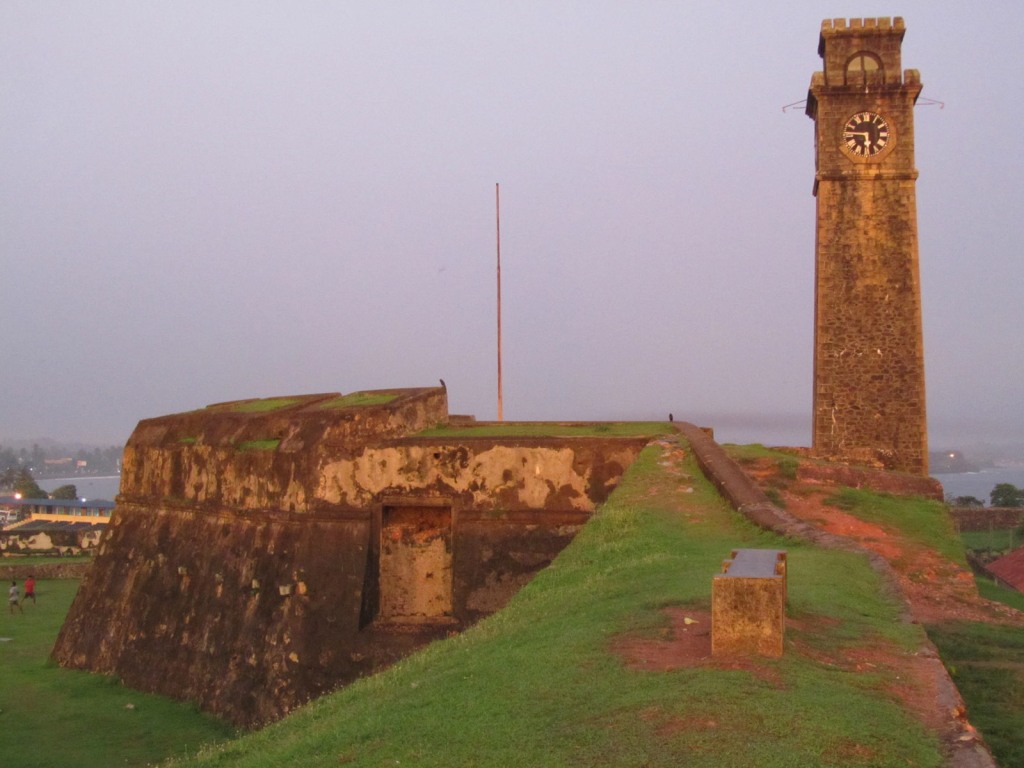
Galle Fort’s mighty walls surround the old town entirely, and are pleasantly laid to grass on top. This is the Moon Bastion with its landmark clock tower.
It’s possible to walk the entire perimeter of Galle atop the walls and sea defences.
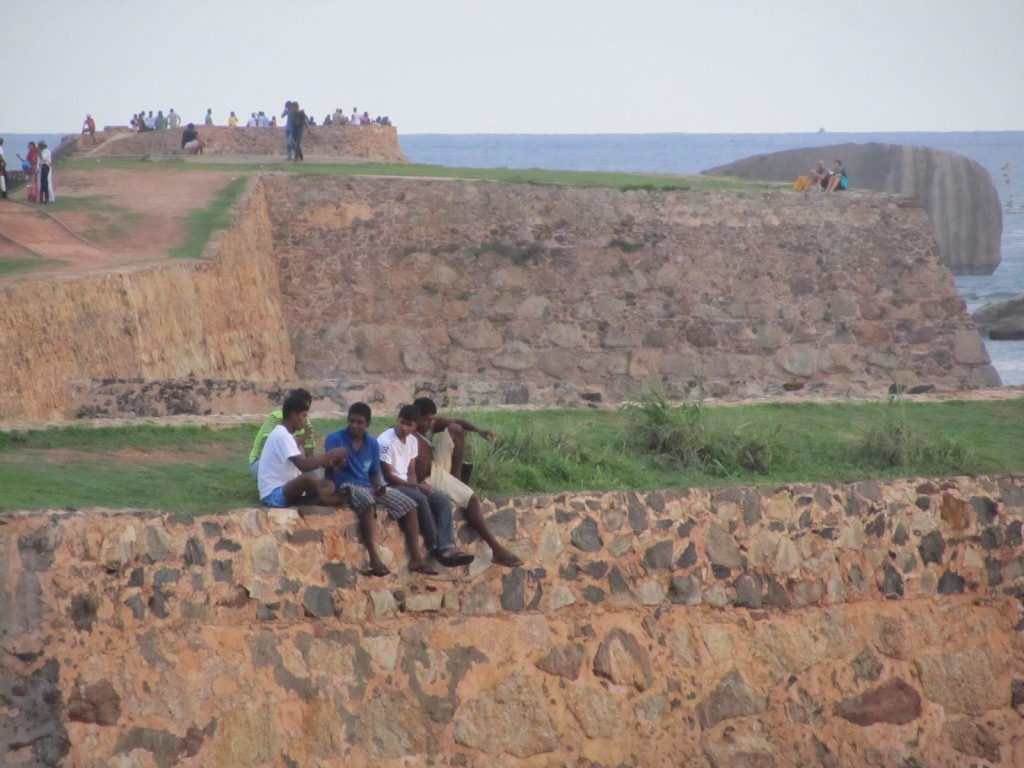
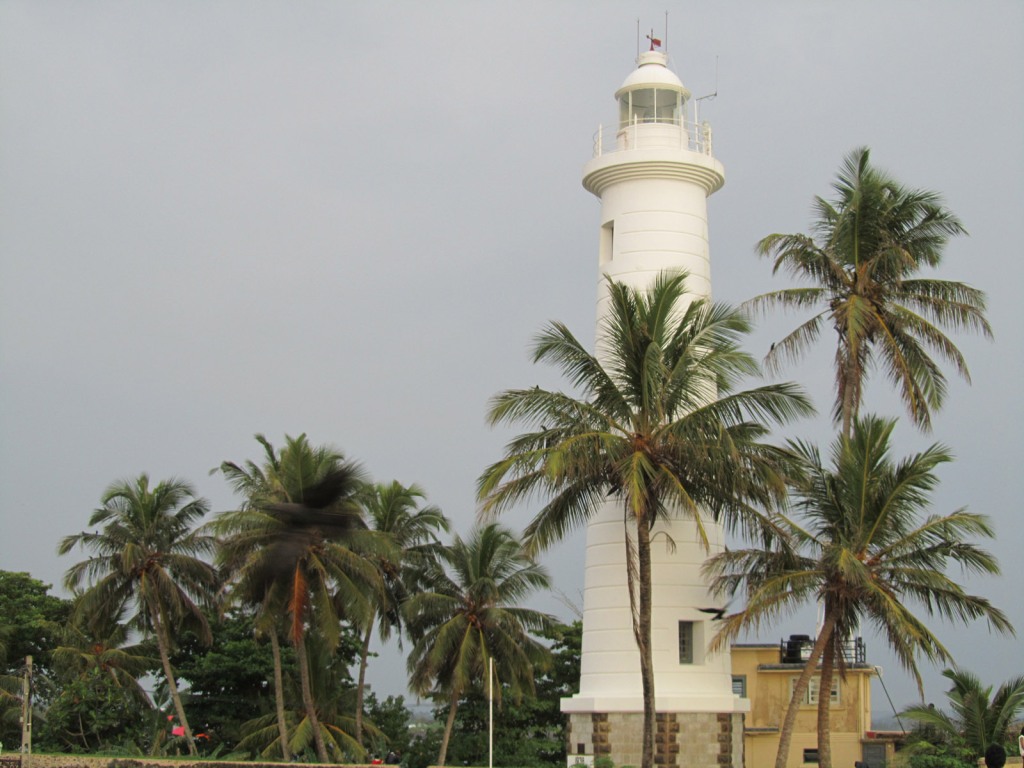
The southern tip of Galle Fort is punctuated with this lighthouse. It was built by the British in 1939 to replace the original 1848 lighthouse which burned down in 1936.
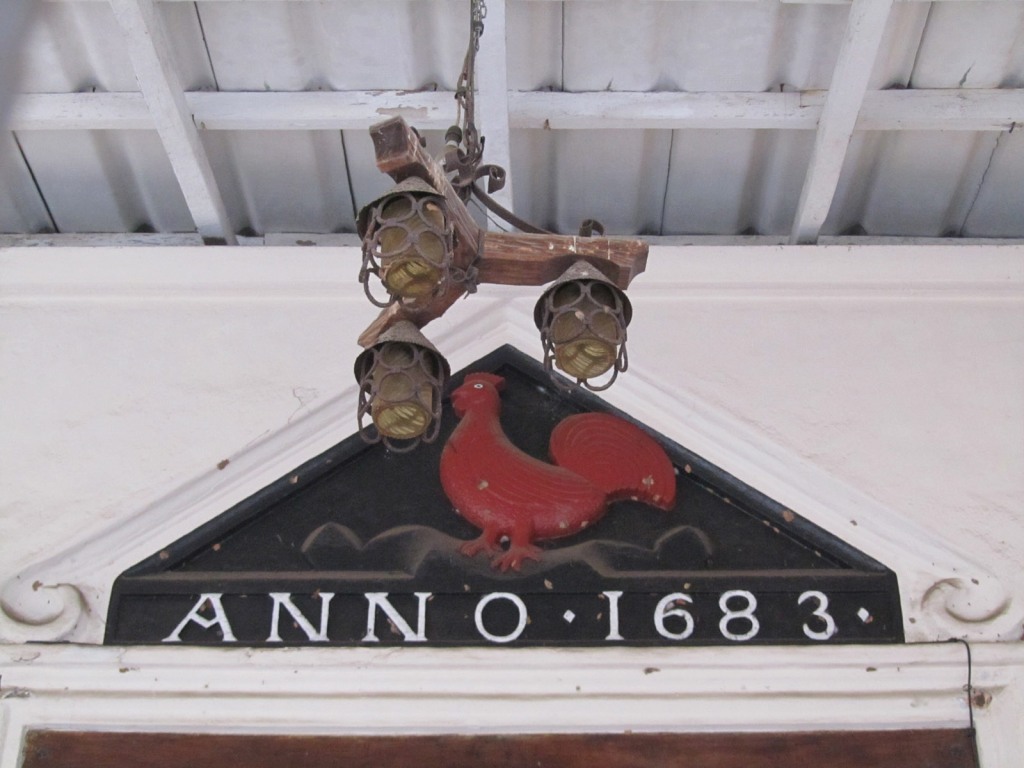
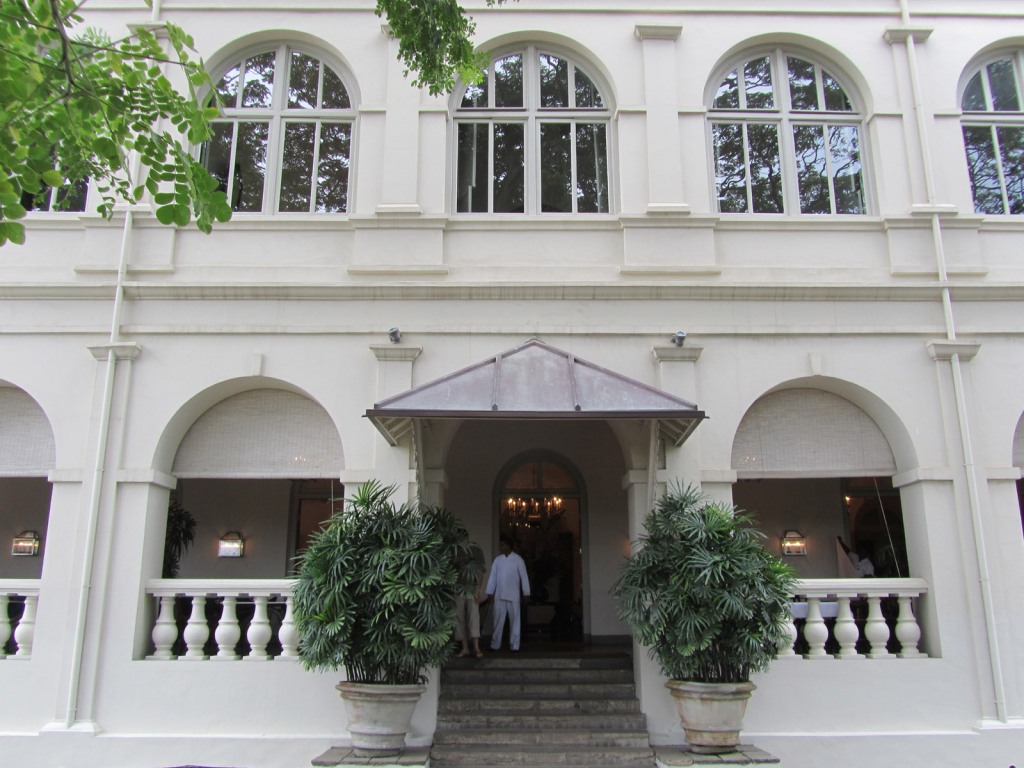
In the centre of Galle Fort on Church Street stands the Amangalla, the fanciest hotel around, although it looks relatively modest from the outside.
Evidence of Galle’s colonial past is clear to see in such examples as The Dutch Reformed Church, across the road from the Amangalla hotel.
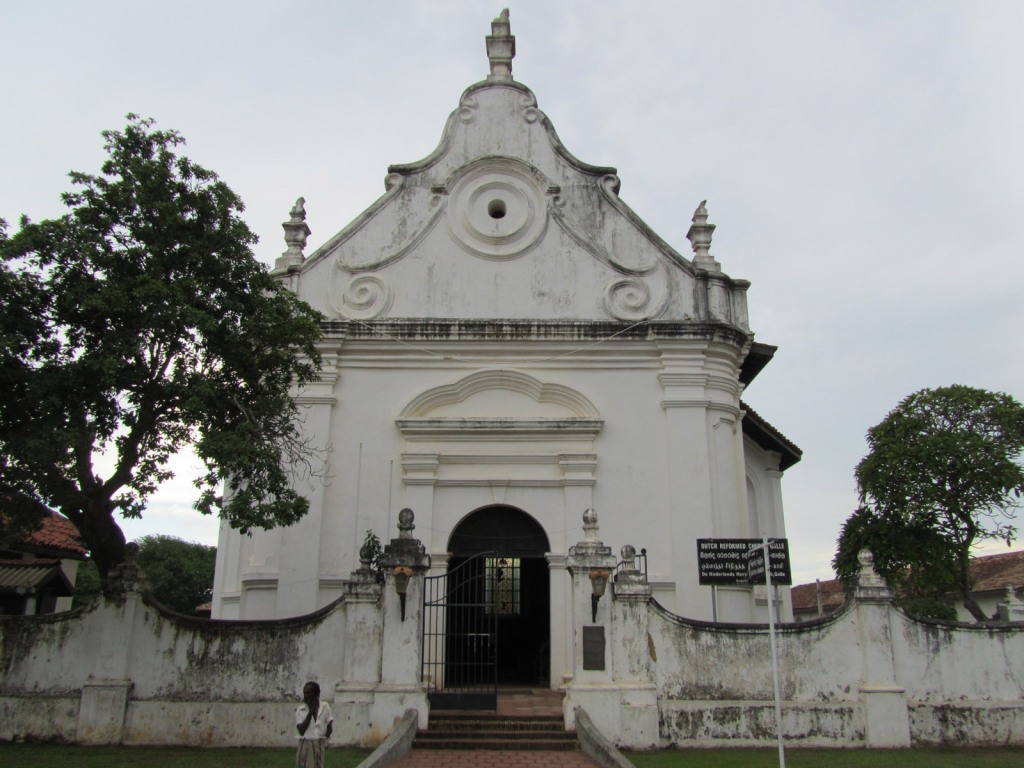
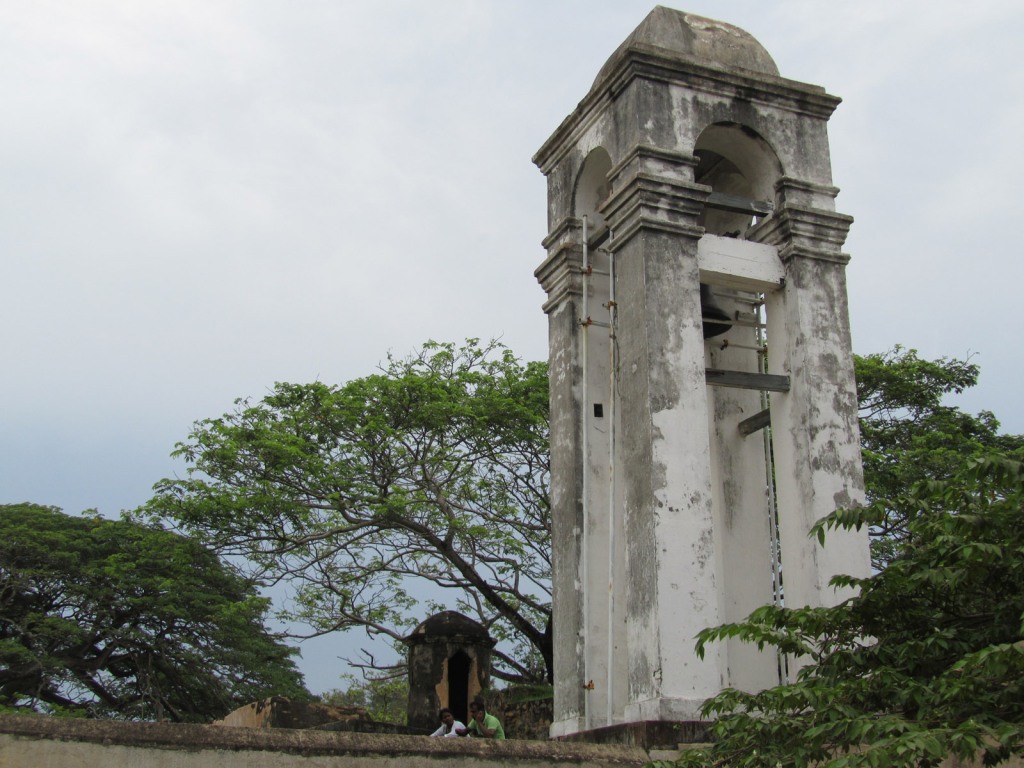
The bell tower of Galle Fort was standing alone and looking somewhat unloved when I visited.
All Saints’ Church is also appropriately located on Church Street and has stood here since opening in 1871. It is an Anglican church, built in a Gothic Revival style.

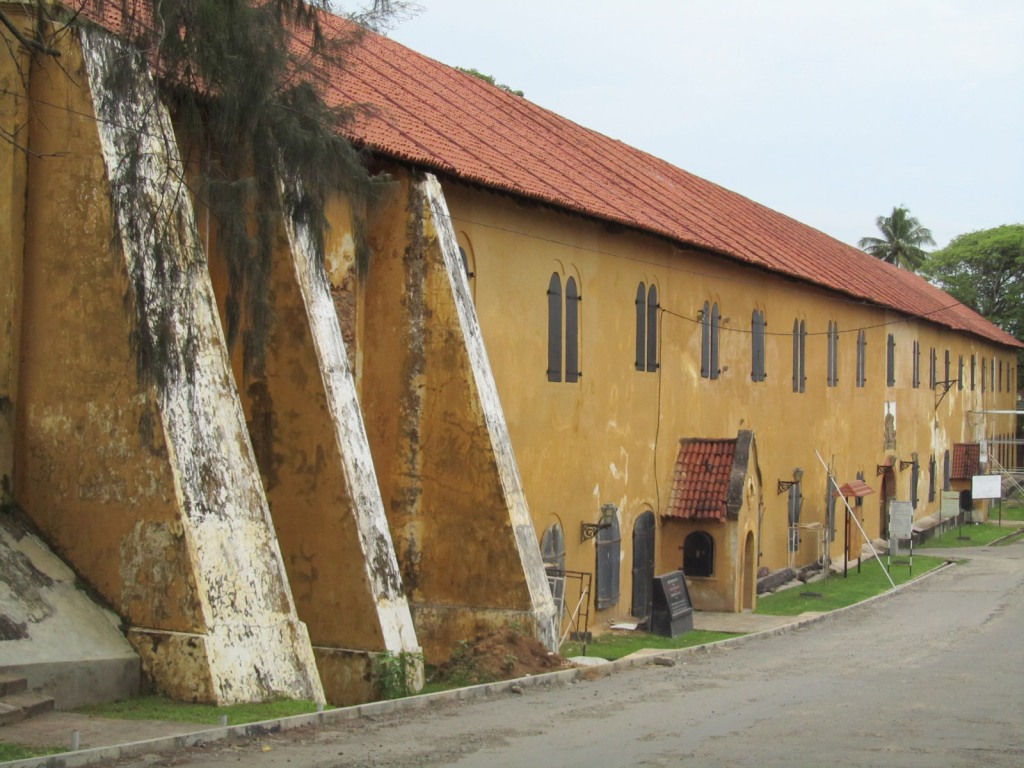
The Galle Maritime Museum is housed in a Dutch warehouse dating from 1671, and includes an old entrance archway to the fort itself.
The Historical Mansion Museum was well worth a rummage, with many of the exhibits being for sale. It is a collection of all sorts of bric-a-brac from across the ages, with the logo of the Dutch East India Company VOC clearly visible on the tablet by the well.
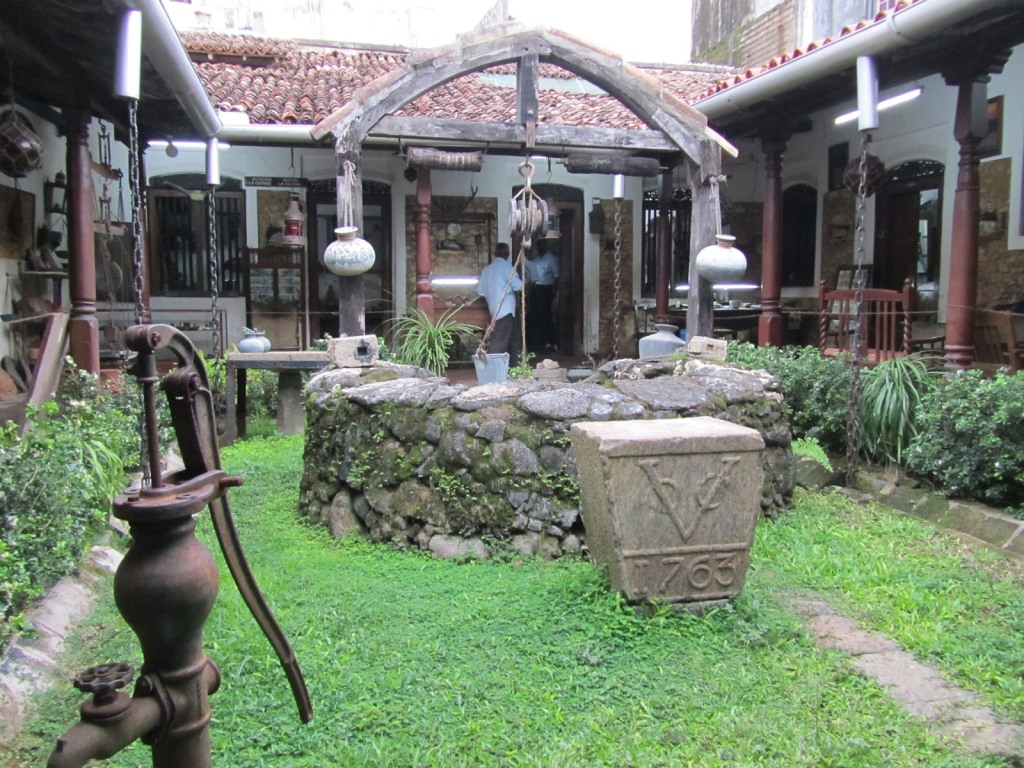

Inside the museum, craftspeople were plying their trade.
At the southern part of the fort stands the Meeran Jumma Masjid, a mosque which appears to be a converted church, but which was in fact purpose built in this eclectic European style in 1904.
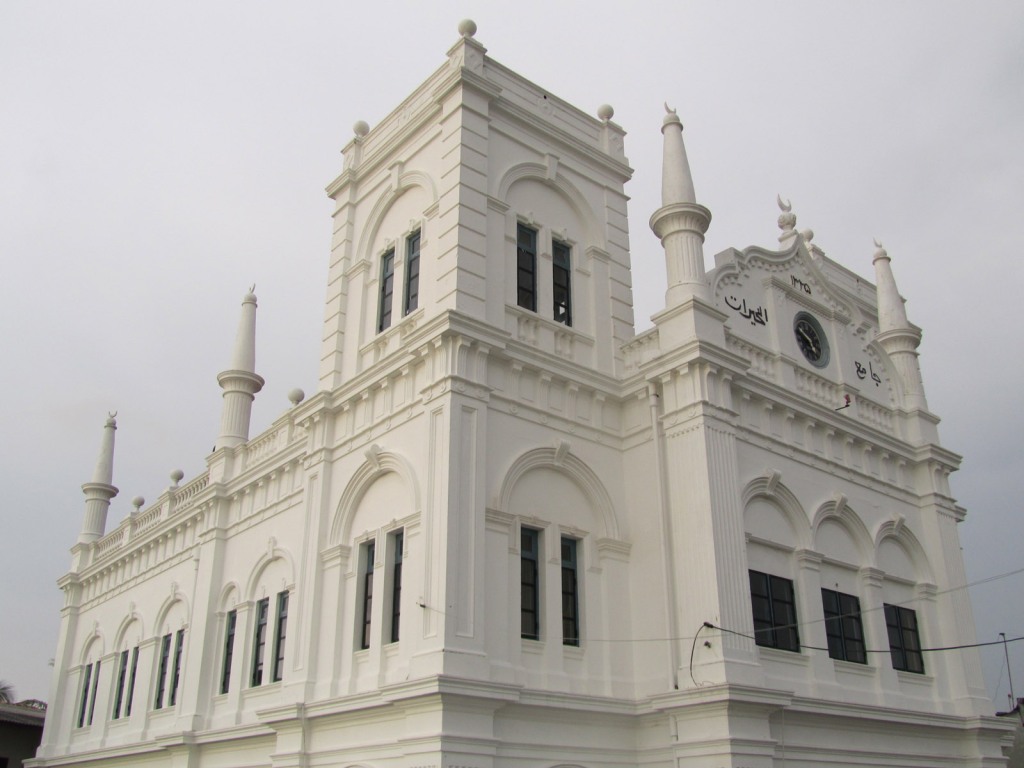
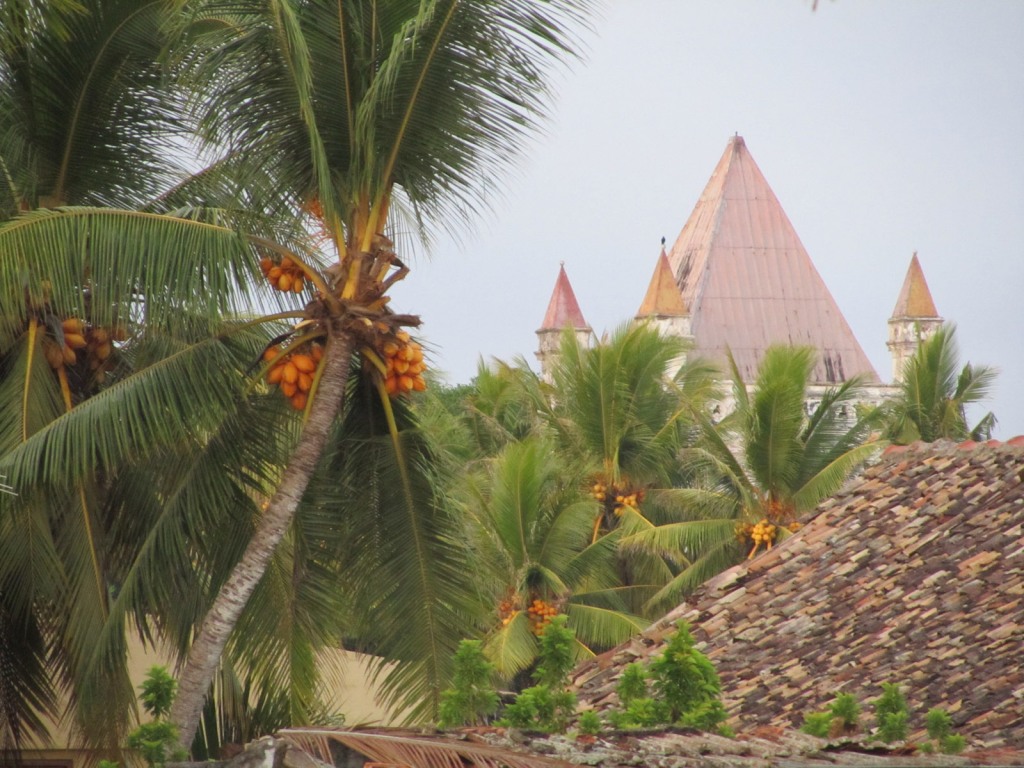
Looking across the rooftops of Galle Fort back to the spires of All Saints’ Church.
Colourful houses in Galle Fort, although they were becoming difficult to photograph in the gradually dimming light.
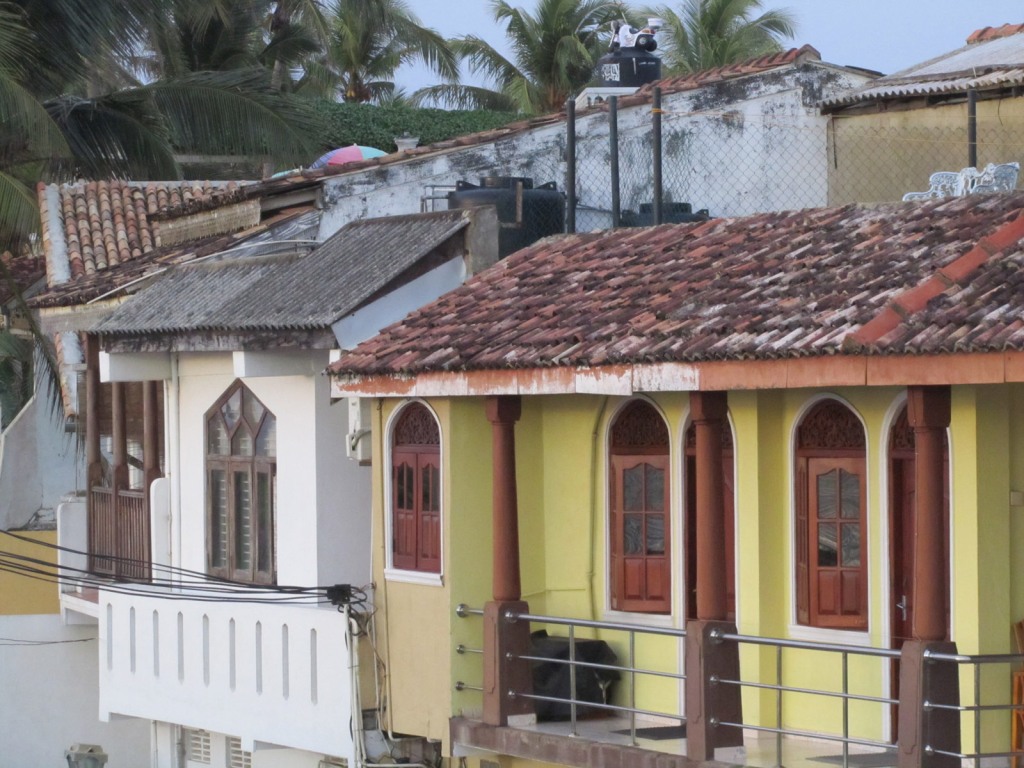

A general view from the sea walls back to All Saints’ Church, with locals playing cricket in the foreground in front of Sri Sudharmalaya Buddhist Temple.
Outside of Galle Fort we passed by the bright yellow Megalle Mosque on the way from Unawatuna.
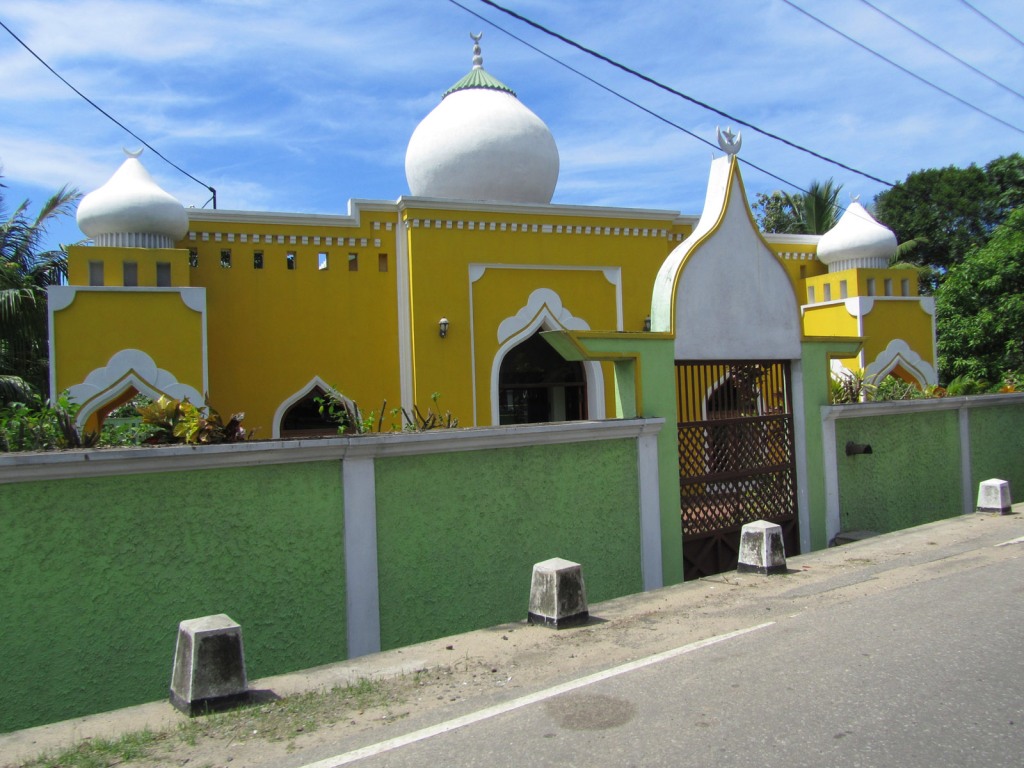
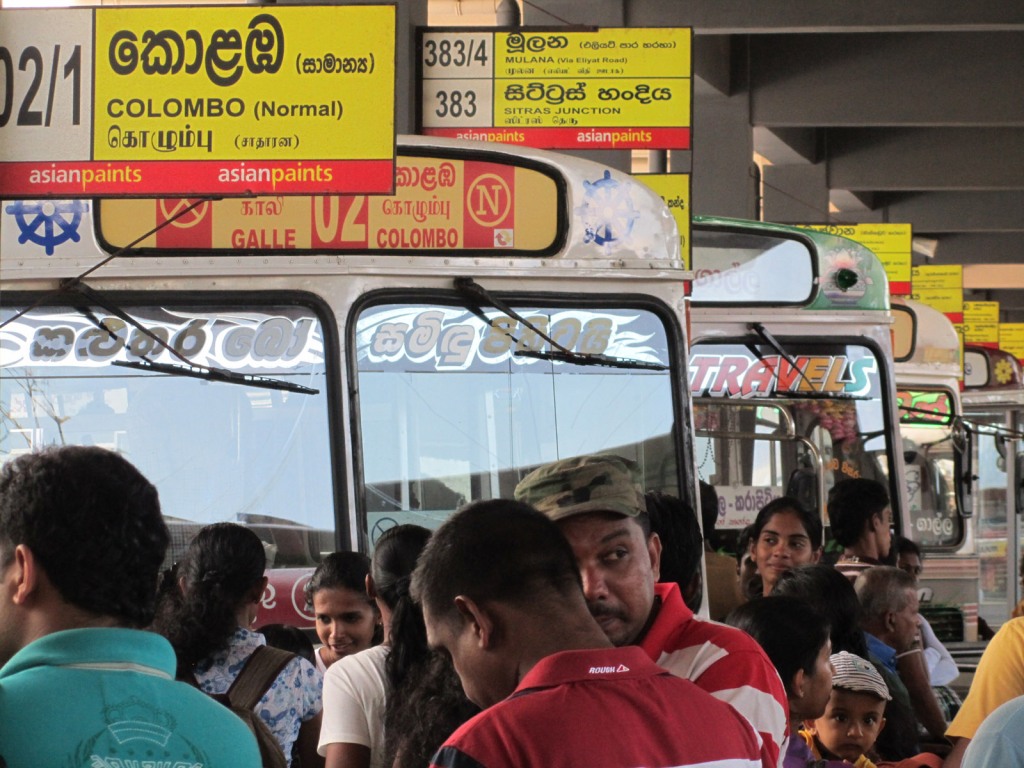
Galle bus station was my point of departure to get back to Colombo, I showed up around 7 AM for the four-hour trip. Things weren’t much quieter than this aboard the bus, I’m sorry to report.
Created 2013 | Updated 2024
